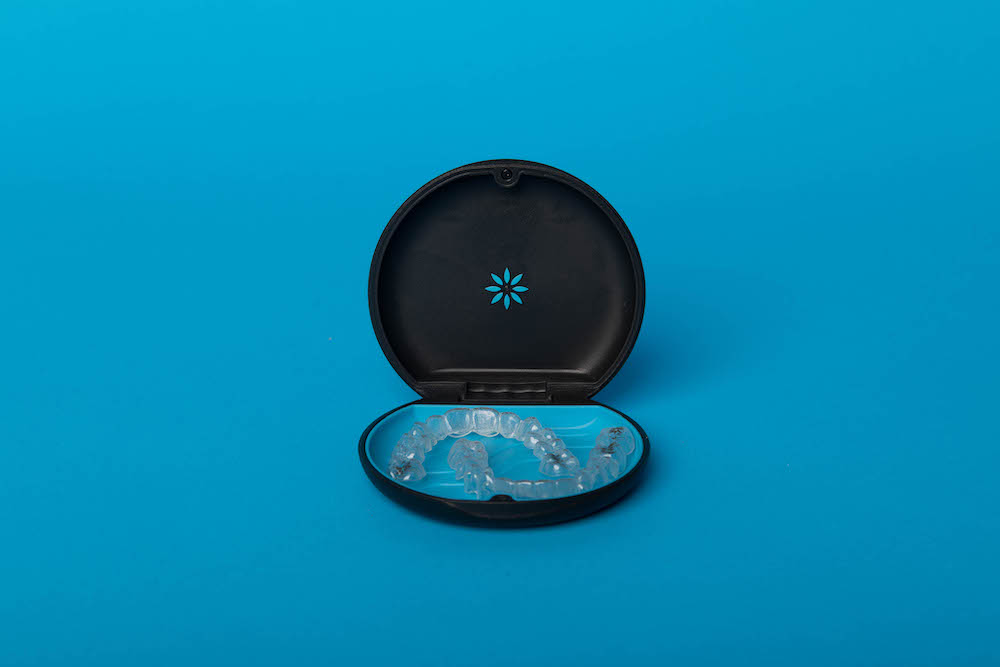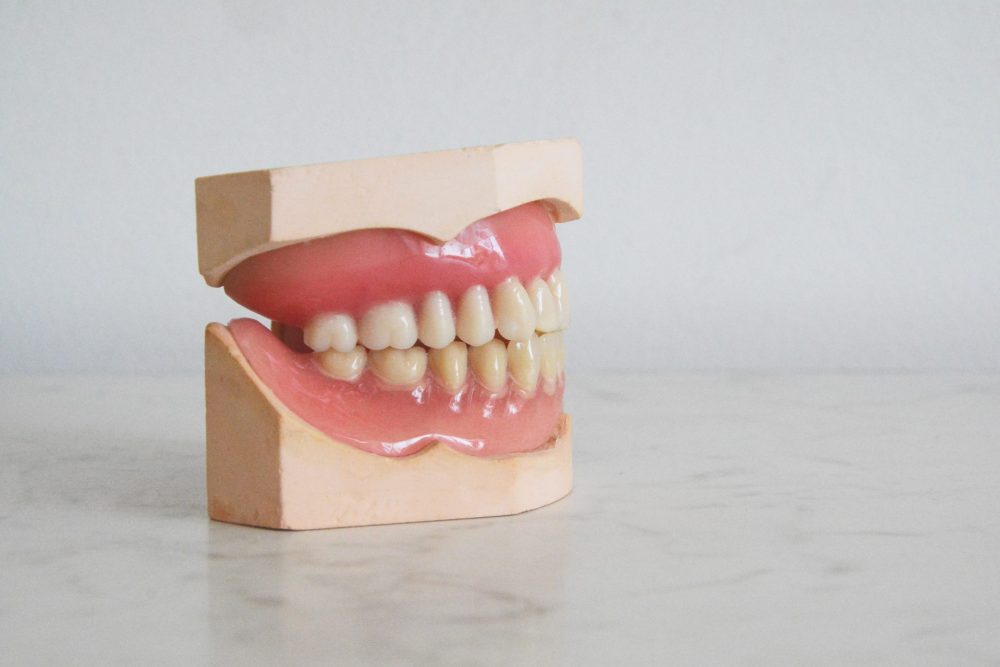
Can Invisalign Fix Crowding? It Sure Can!
December 8, 2021
Does Dental Insurance Cover Cosmetic Dentistry?
February 16, 2022Patients sometimes ask, “what is an internal bleaching procedure?” They often ask this after learning that traditional tooth whitening treatments won’t give them the bright smile they desire. Sometimes internal bleaching is the only option for people who want to whiten their teeth.
Before describing the internal bleaching procedure, we want to remind you that this article is purely informative and isn’t a substitute for personalized professional dental care. We hope the information helps you be a more informed patient.
Professional tooth whitening, also known as “external bleaching,” is one of the most popular cosmetic dental procedures. But sometimes, a patient who asks their dentist about whitening options learns external whitening treatments cannot meet their needs. For example, a patient may notice that most teeth respond well to whitening, but one maintains a brown, gray, or yellow hue. Sometimes that tooth previously received a root canal or experienced trauma from an accident. In this case, only internal bleaching may restore the desired pearly glow.
Basically, internal bleaching is a process where a dentist whitens a tooth from the inside out.
The Difference Between Internal and External Bleaching
External bleaching is the most common type of tooth whitening procedure. This is where your dental provider uses whitening trays containing hydrogen peroxide solution or lasers to remove stains on the surface of the teeth. However, sometimes the discoloration comes from within the teeth, so surface-level treatments simply won’t make any difference.
Internal bleaching is a tooth whitening process used to treat severely discolored teeth from the inside. The discoloration is often due to a side effect during a root canal occurring weeks or even years after the procedure. For example, if bacteria enter the root canal during treatment, bacteria entering it can cause a dark stain as it decomposes. Other situations where internal bleaching is the best or only tooth whitening option include tetracycline stains or trauma that resulted in bleeding within the tooth.
Internal bleaching is one of the only options for improving the appearance of a non-vital or dead tooth besides veneers or crowns.
During an internal bleaching procedure, your dentist will most likely focus on one specific tooth or a couple of teeth. The tooth’s damaged pulp became discolored. The dentist usually focuses on treating all the teeth with traditional whitening since the root issue may be aging or habits that contribute to overall standings, like frequently drinking coffee or red wine.
How to Learn Whether Internal Bleaching is Right For You
Most dentists start with an examination and imaging, especially if you are a new patient to their practice. This helps the dentist assess the extent and cause of the discoloration. The dentist may also assess whether the dental pulp is still vital and its overall health.
Once the exam is complete, your dental professional will discuss your options and whether you are a good candidate. Please keep all your health care professionals informed about any symptoms you experience, your medications, health issues, and your hopes and goals.
Your dentist might determine you are a suitable candidate for internal bleaching. In some cases, your dentist might believe other treatment options such as crowns or veneers are more appropriate for your specific needs. This is why examinations are an essential first step before any treatment.
What to Expect During Internal Bleaching
Often dentists perform internal bleaching after a root canal treatment where they have already removed damaged pulp. First, the dentist will use a local anesthetic before opening the tooth and then create a small opening in the tooth.
To whiten the tooth, the dentist places a whitening agent, like sodium perborate, within the tooth’s structure and leaves it inside the tooth for one to two weeks. Some refer to this treatment as a “walking bleach” since the bleaching agent remains on the teeth for a week or longer.
The dentist may repeat the procedure several times until achieving the desired results and the level of discoloration. Afterward, the dentist will reseal the tooth and possibly perform other restorative treatments to the tooth.
Sometimes a dental professional may plan to coordinate internal bleaching with a scheduled root canal retreatment if the discoloration is already present. Since each situation is different, the circumstances may vary depending on the patient’s needs.
Internal bleaching may also be combined with traditional external bleaching, such as custom-fitted bleaching trays. Although the traditional whitening trays only bleach the surface, once the discolored tooth is fixed through internal bleaching, the patient may desire overall surface level whitening for even more luster. However, any at-home whitening should be under the supervision of a dentist, especially if the patient recently received more restorations, a root canal, or internal bleaching.
Next Steps: Contact a Dental Professional
If you have a tooth that doesn’t respond to surface whitening, you may be a candidate for internal bleaching, especially if the discoloration originated from a root canal, trauma, or even taking tetracycline. Schedule a consultation with a dentist skilled in internal bleaching to find out whether it may be the right option for you.
If internal bleaching is appropriate, your dentist will talk you through what to expect in more detail. After an internal bleaching procedure, your dentist may want to follow up to check on results, progress, and how you respond to the treatment.
Always keep your follow-up appointments and follow any specific aftercare instructions for best results.
You have the best experience with any dental treatment if you choose a skilled professional you trust. At Southview Dentistry, we have treated Charlotte-area residents since 2009. We love seeing a patient’s face light up after looking in the mirror and seeing a radiant smile.
As smile makeover specialists, we feel privileged to transform our patients’ smiles into the confident, glowing smiles they desire. Contact us today to schedule a consultation.




